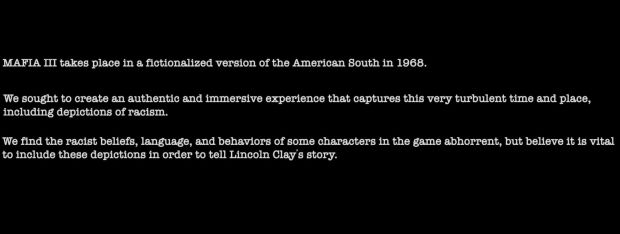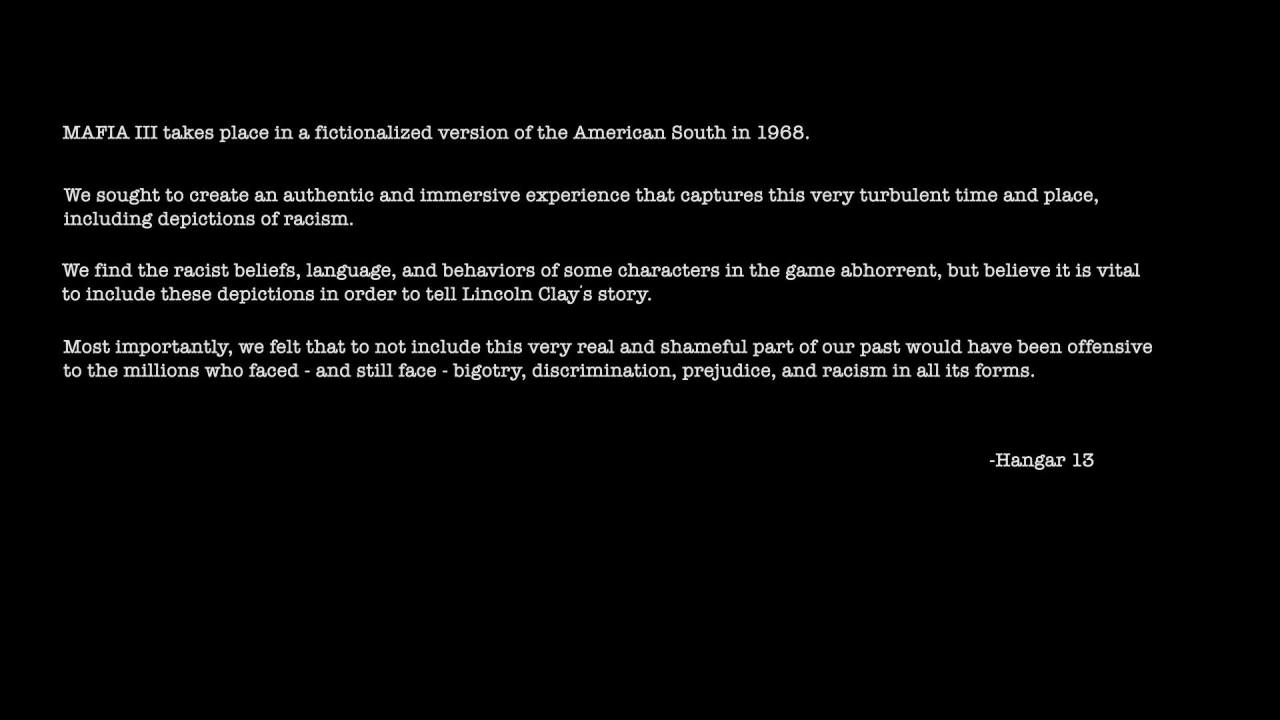 |
Description: The character Beetlejuice wagging his index finger derisively at the
camera, with the caption "Ah! Oo, oo, oo, ah, ah, ahh! Nobody says the 'B' word" beneath. |
Librarians across the country rely on Voices of Youth Advocates Magazine (VOYA) as a professional journal for young adult librarians. It's rutinely cited as a valuable publication in advancing advocacy of young adults, and the promotion of young adult literature and reading. Its reviews have a lot of influence in what Young Adult (YA) section librarians stock on library shelves and the magazine champions itself as "...one of the earliest and... strongest advocates for intellectual freedom and equal access to information for teens". Which is why a recent review of the YA novel "Run" by Kody Kepplinger is all the more troubling, and VOYA's response to the backlash against it very worrisome. Here's the review, (emphasis is my own doing):
"Agnes is legally blind, and leads such a sheltered life that she cannot even take the bus home from school or attend parties. Bo Dickinson has a drug addicted mother, an absent father, and is rumored to be the town slut. Although opposites, they become good friends through their kindness and acceptance of each other. Bo’s cousin Colt is almost a brother to her; they have grown up together and are part of the family “you steer clear of because nothing good can come of getting mixed up with that bunch.” Agnes has a different problem; her parents hover over her and limit her activities so it is impossible for her to be a normal teenager, until she begins sneaking out to go places with Bo. When Bo hatches a plan to leave town to find her father, Agnes decides to go along, thinking she and Bo will live together. They steal a car from Agnes’s family and begin their road trip, along the way visiting Colt, with whom Agnes has a sexual encounter. When Agnes discovers that Bo intends to live with her father, they separate and she gets in touch with her parents, leaving Bo to a disappointing meeting with her father, and an eventual return to the foster care system. The story contains many references to Bo being bisexual and an abundance of bad language, so it is recommended for mature junior and senior high readers.–Rachel Axelrod"
Yup. Not only is a character talking about her orientation eye-rolling mentioned in the same breath as cursing, it also means that it can't be recommended for anyone below junior or senior level in high school. Even though, like yours truly back in the long ago, there are bi youth that exist and know they're bi long before junior or senior year. As much as I'm angry at the biphobia in this review's attitude, I have it a little better than most. I'm a bi man. The form of biphobia that surrounds bi-women is even more pernicious and damaging.
When the reviewer uses the word mature, it's a commonly understood meaning in YA book context that means "sexual content". And there's a common element where bi women are hyper-sexualized just by exisiting, We live in a society that acts that women that are bi, use the word "bisexual" to label themselves and are out about it are on the same level as sex acts. This attitude also floats around in a social climate where bi women face intra-group discrimination and increased percentages of harassment, violence and partner abuse. Plus, you don't see a similar warning like "this book contains many refences to being straight, so it's only appropriate for juniors and seniors" because straightness is see as the "default" or "normal".
Well, maybe there's a sex scene with Bo, and that's what makes it mature, maybe? Nope. As the author
herself pointed out on twitter:
The irony? (And this might be a spoiler so beware:) There IS a sex scene in the book Between the STRAIGHT characters. Not Bo, the bi M[ain] C[harcter]. But Bo's sexuality - Bo who doesn't have a sex scene while her straight co-narrator does - is the one considered "mature."
The review doesn't think to warn about a sex scene, but does think to warn about a character talking about being bi! VOYA is super influential in the young adult literary field. Booksellers and librarians rely on these reviews because no one person can read all of the thousands of YA novels published every year. VOYA's own mission statement reads "Young adults have rights to free and equal access to information in print, nonprint, and electronic resources, without infringement of their intellectual freedom due to age or other restrictions." and this review's note runs counter to that. Author
Tamina Wright points out that "These types of reviews, in addition to being insulting and harmful to actual queer teens, hurt queer books because they could be passed over. Queer books, by and large, don’t get the big advances or the huge marketing budgets so they depend on word-of-mouth, hand-selling, and libraries. Being in a library could quite literally make an author’s career."
The topping on the sundae of crap that is this VOYA review? It was released during NATIONAL BI VISIBILITY WEEK.
When Wright wrote an email to VOYA, pointing out that this attitude is harmful to bi youth in general, and herself in particular as both a bi woman and parent of a genderqueer child, a VOYA editor responded with the non-apology of "sorry if you were offended", claimed that nothing was inappropriate about the review, and then personally attacked Wright for "revealing your child's sexuality to me" (which the author didn't even do) and said that because it was Bi Visibility Week, all Wright wanted to do was "find and destroy your enemies in a public forum" (even though Wright sent a private email). FOR REAL.
The screencaps of the emails are here.
There was an outcry from queer youth and authors and librarians. SO VOYA did the logical thing... and printed Wright's email and the editor's response as a special "Letter To The Editor Column" on its website that has since been removed. Bi author Hannah Moskowitz, whose YA work VOYA has reviewed favorably in the past, wrote a scathing response to VOA's actions,
which she shared on here twitter here.
Literary agent Barry Goldblatt-- who is a big name YA lit agent-- publically
announced he was pulling all agency ads from VOYA in response, and encouraging his contacts in the publishing industry to do the same.
Author Peggy North dug through old VOYA back issues and found that the magazine only seemed to warn about f/f romances. NO similar warning for straight ones, and these reviews were all written by different staffers. Meanwhile VOYA doubled down on social media:

It gets better. And by better, I mean worse.
VOYA finally apologizes. Sorta.
In the most flouncy, pouty way possible. See, it's the "LGBTQ community" that has "taken offense" and "demanded" an apology! So, there's a ham-handed apology, but it's a start, right? Surely VOYA would start listening to authors and others and try to improve?
Nope. They then deleted all mention of the controversy from their official twitter and FB accounts, and began blocking anyone that spoke to them about it. Including famous writers. Successive attempts at apologies from VOYA have started out better but quickly careen into defensiveness.
Let me share a resource with you that shows
YA stories with bi protagonists that don't have weird, unnecessary bi-phobic warnings.

















